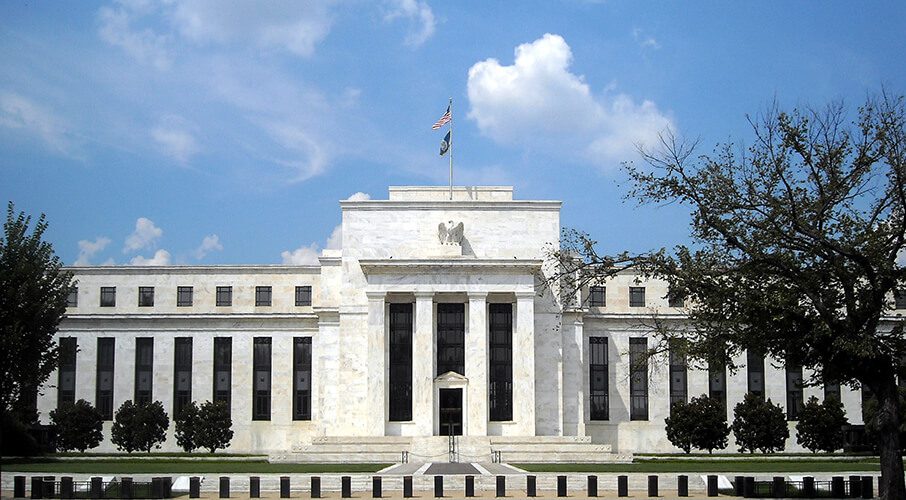 It is not at all clear that raising inflationary expectations is the way to grow the economy. What’s really required is smarter fiscal policy, writes Jack Mintz in the Financial Post. Below is an excerpt from the article, which can be read in full here.
It is not at all clear that raising inflationary expectations is the way to grow the economy. What’s really required is smarter fiscal policy, writes Jack Mintz in the Financial Post. Below is an excerpt from the article, which can be read in full here.
By Jack Mintz, September 3, 2020
As Bill Watson noted in his column Tuesday, the U.S. Federal Reserve Board is embarking on a new approach to achieving its twin goals of maximum employment and price stability. Instead of monetary tightening when inflation hits two per cent, it will allow inflation to run at higher than two to make up for periods when it has been below two — so long as it averages two per cent over the longer run.
It is not clear, however, what the longer run is. When does it start? When does it end? For example, the July year-over-year inflation rate in the United States was 1.0 per cent (well below the 1.8 per cent average 2019 rate). Suppose in the next two years, the inflation rate is 1.0 per cent on average. Would the long-run average include 2019’s 1.8 per cent and maybe some earlier years’ numbers, as well? Or, if the policy is only forward-looking, will the Fed accept three per cent inflation for two years to bring the average up to two per cent and then tighten?




